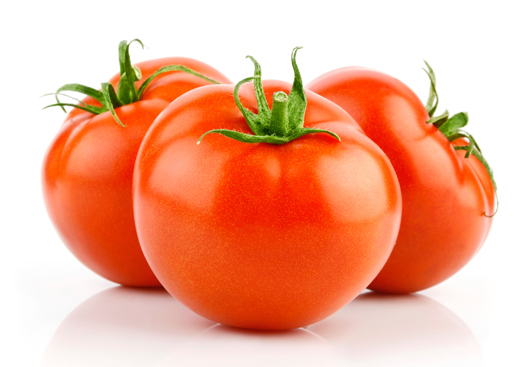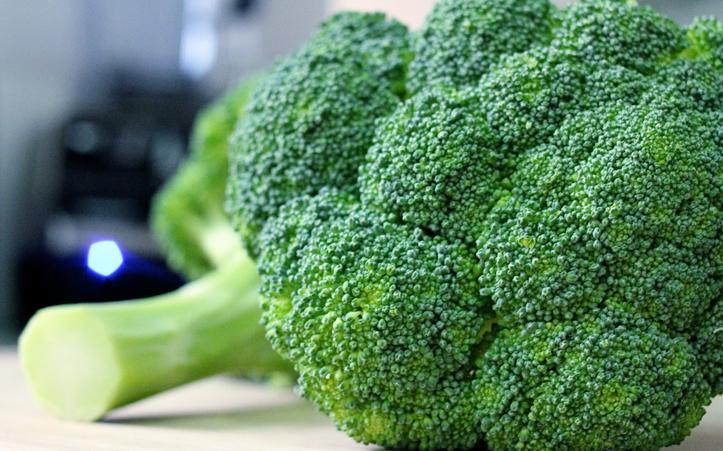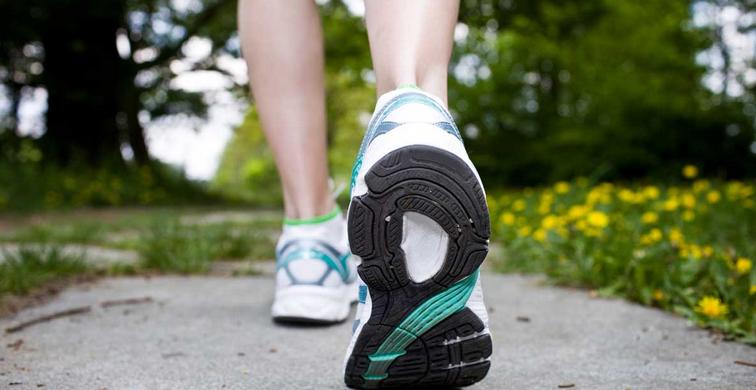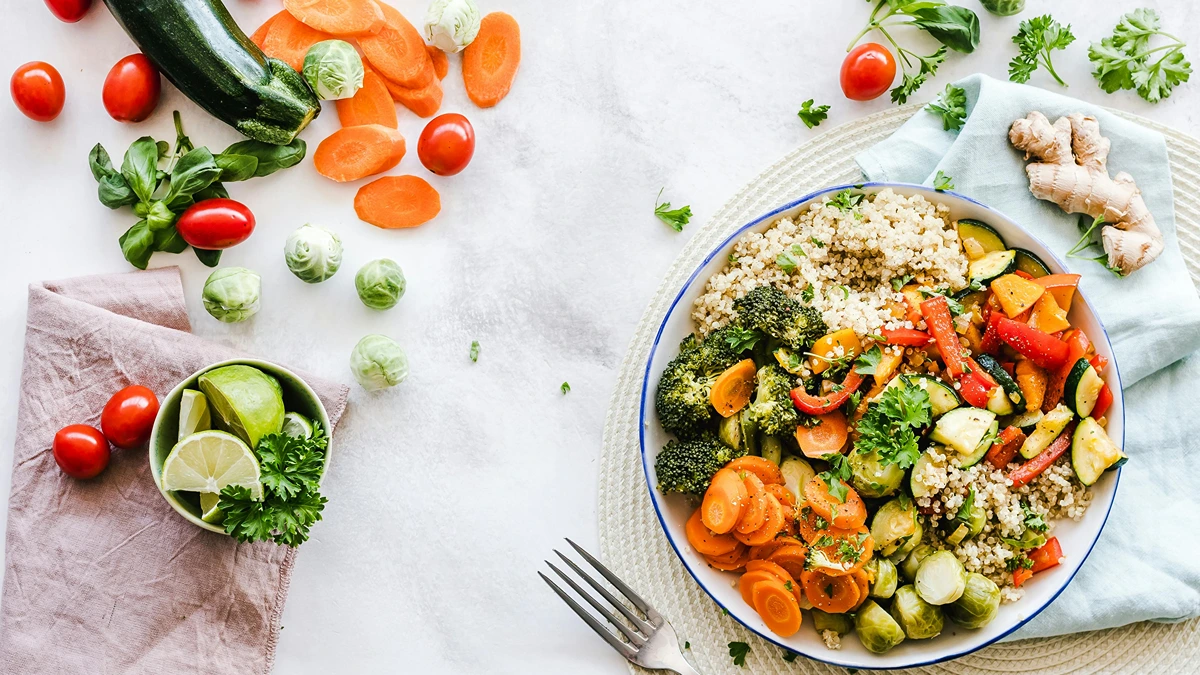1. Cancer-Fighting Combo
Toss some chopped broccoli and sliced mushrooms onto your pizza and you may turn it into a cancer-fighting pie.
Studies suggest that certain nutrients may have even more powerful cancer-prevention properties when they are combined. Sulforaphane and selenium are two such nutrients. Sulforaphane is found in high concentrations in broccoli, as well as in watercress and cabbage. Selenium can be found in mushrooms, as well as in nuts and sunflower seeds.
2. Work Buddies
Make a friend at work. Doing so might help keep your blood pressure under control. Having a good social support network of family and friends makes your Real Age younger. Now, new research suggests that this effect extends to the workplace. In a study, people who experienced social support from co-workers or supervisors tended to have lower blood pressure readings, especially during stressful work situations.
3. Hearty Tomato
You may be able to help keep your heart young by asking for extra tomatoes on your sandwiches. Recent research has linked blood levels of lycopene, a nutrient found in abundance in tomatoes, with heart health. In a recent study, people with low blood concentrations of lycopene had thicker artery walls compared to people with high blood levels of lycopene. Thickened artery walls can be an early sign of atherosclerosis
4. Calorie Burning Secret
Whether you get fit by walking, swimming, or biking, you can help yourself to a better workout, and extra calorie burning, by taking the time to warm up first. A proper warm-up might help you burn more calories by ensuring that you don’t conk out too soon. In a study, exercise that was preceded by a warm-up period produced less lactic acid buildup in muscle and blood. Lactic acid is what causes that burning sensation in your muscles that makes you want to call it quits.
5. Apple Dazzle
Grab an apple for your lunch bag and you’ll help protect yourself from disease three times over. Studies show that high intakes of quercetin, a nutrient found in apples, is associated not only with a reduction in lung cancer risk, but also with a reduction in the risk of asthma and diabetes. Just be sure to eat the skin, too. That’s where a good portion of the quercetin resides.
6. Power It Up
If you’re considering investing in an electric toothbrush, the move may make your teeth even cleaner. Recent research revealed that, compared to manual tooth brushing, brushing with an electric toothbrush may remove more plaque. In one study, people who used electric toothbrushes removed 11% more plaque compared to people who brushed manually. They also had a slightly lower risk of gingivitis.
7. Broccoli Is Best
Are you wondering which vegetable tops the nutrition charts? A recent study suggests broccoli may beat all the rest. In a study of 10 common vegetables, it was revealed that broccoli contained the most phytochemicals, compounds that give vegetables their color and also may help prevent diseases that are caused by oxidative stress. Broccoli also came in second in a measurement of total antioxidant activity.
8. Juice for a Nuisance
You may be able to avoid painful urinary tract infections (UTIs) by adding more servings of juice and yogurt to your diet. In a study of women, those who regularly included unsweetened fresh juice as well as yogurt and cheese in their diets were less likely to develop UTIs compared to women who rarely consumed these items. Researchers speculate that antioxidants in fresh juices and the active cultures in yogurt and cheese may inhibit the bacteria that cause UTIs.
9. A Rye Smile
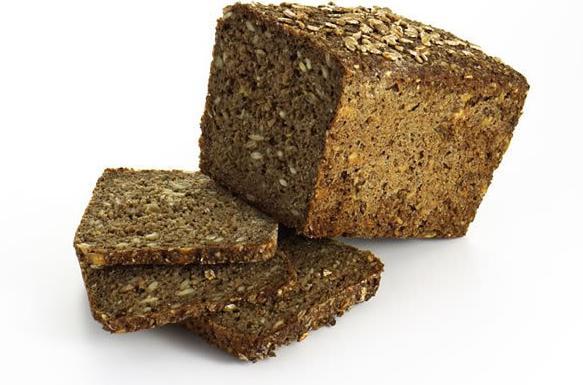 For a loaf that packs extra protection against cancer, choose rye bread. Studies show that whole-grain rye breads contain high amounts of lignans, compounds linked to low cancer occurrence. In studies, a high lignan concentration in body fluids was associated with a reduced risk of certain kinds of cancer, including breast, prostate, and colon cancer.
For a loaf that packs extra protection against cancer, choose rye bread. Studies show that whole-grain rye breads contain high amounts of lignans, compounds linked to low cancer occurrence. In studies, a high lignan concentration in body fluids was associated with a reduced risk of certain kinds of cancer, including breast, prostate, and colon cancer.
10. Any Dozen Will Do
For certain distances, walking may improve your health profile as much as jogging. In a recent study, overweight people who briskly walked 12 kilometers per week experienced the same significant benefits to their cholesterol profiles as people who jogged the same amount. Additional miles of exercise were associated with an even more dramatic improvement in participants’ cholesterol profiles.


